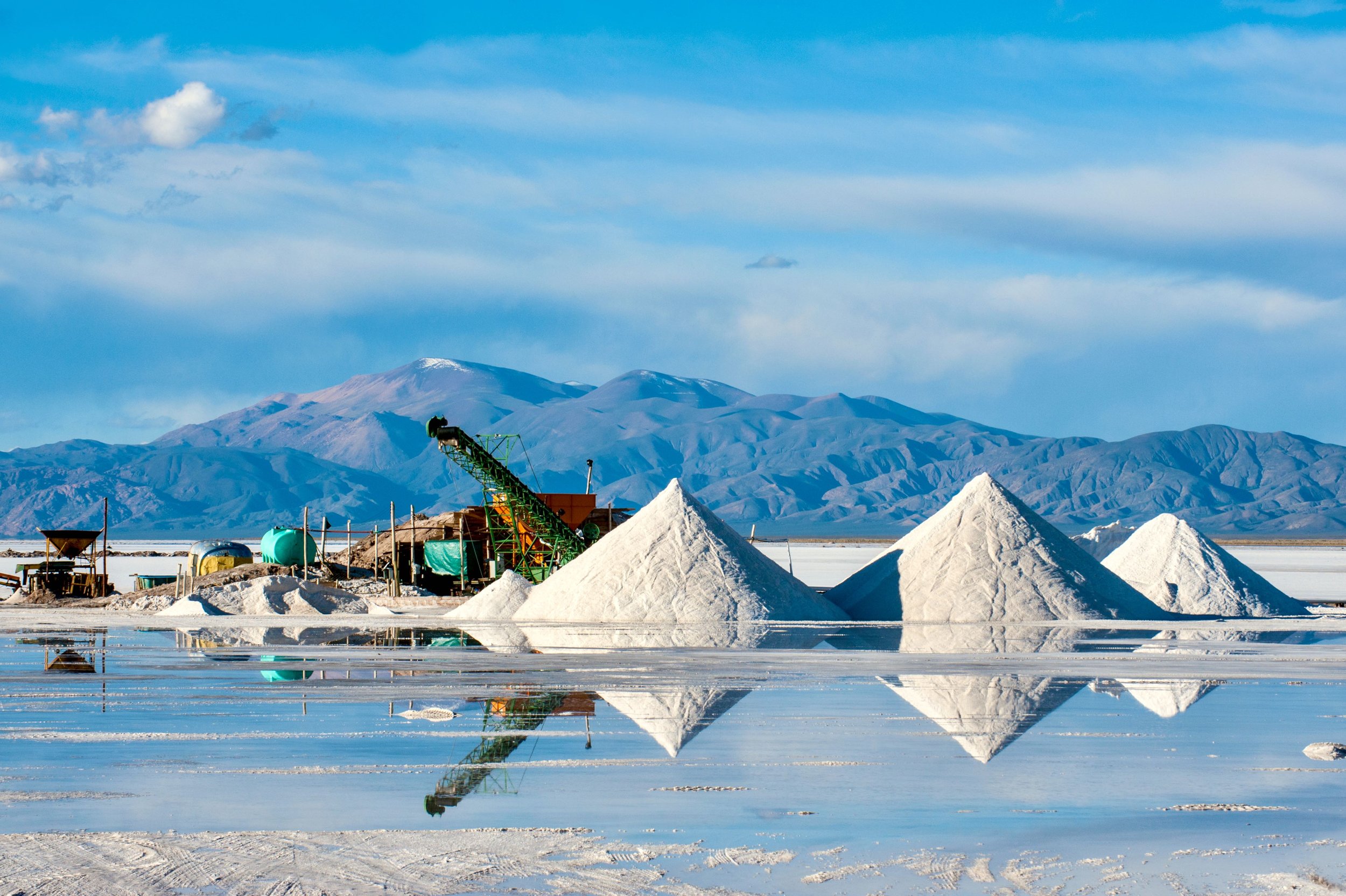
Critical Materials
Powerful catalysts and essential elements.
Making the Cut
The US Geological Survey Critical Mineral List includes critical materials that are key building blocks for a transition to a net-zero energy future. The US Department of Energy prioritizes material criticality based on importance to energy and the potential for supply risk. DOE priorities include battery materials, rare-earth elements for magnets in wind turbine generators and electric-vehicle motors, platinum-group metals for fuel cells and electrolyzers for very-low-greenhouse-gas hydrogen production, as well as gallium and germanium for semiconductors that enable smart manufacturing. Global efforts to meet climate goals are expected to increase the demand for critical materials by at least four times by 2040.

The Department of Energy’s critical materials strategy has three pillars:
Diversification of Supply
Development of Substitutes
Recycling and Efficient Use
The DOE’s research, development, and demonstration portfolios, which include the Office of Energy Efficiency and Renewable Energy’s Critical Materials Institute, promote increasing American access to responsibly- and sustainably-sourced raw materials, lessening dependence on imports, and strengthening the competitiveness of our domestic manufacturers at all stages of the supply chains for these critical materials.
Model for Success
The National Blueprint for Lithium Batteries 2021–2030, developed by the Federal Consortium for Advanced Batteries, lays out a holistic approach to accelerate the development of a robust, secure, and healthy domestic research and industrial base for lithium-based batteries. The Blueprint lays out five critical goals:
Secure access to responsibly- and sustainably-produced raw and refined materials and discover alternatives for critical minerals for commercial and defense applications.
Support the growth of a US materials-processing base able to meet domestic battery manufacturing demand.
Stimulate the US electrode, cell, and pack manufacturing sectors.
Enable US end-of-life reuse and critical materials recycling at scale and a complete, competitive value chain in the United States.
Maintain and advance US battery technology leadership by strongly supporting scientific research and development, STEM education, and workforce development.*
*David Howell, US Senate Testimony

UPS, a Liebman & Associates client, recently laid out environmental goals that included targeting a 50% reduction in CO2 per package delivered for its global small package operations by 2035.
Photo Courtesy of UPSAccelerated by the grand ambitions of Elon Musk, Jeff Bezos, and Richard Branson we’ll begin to see the new economics of outer space; from low-earth orbit satellite companies to reusable rockets to the transfer of technology from NASA to the private sector. It’s a topic that sounds far off in the future, but a few companies are starting to take serious shots at figuring out how to safely and effectively mine asteroids for what could be trillions of dollars’ worth of metals like platinum, nickel, gold and other rare earth metals, not to mention water.12
“Mining asteroids will ultimately benefit humanity on and off the Earth in a multitude of ways.”
— Peter Diamandis

